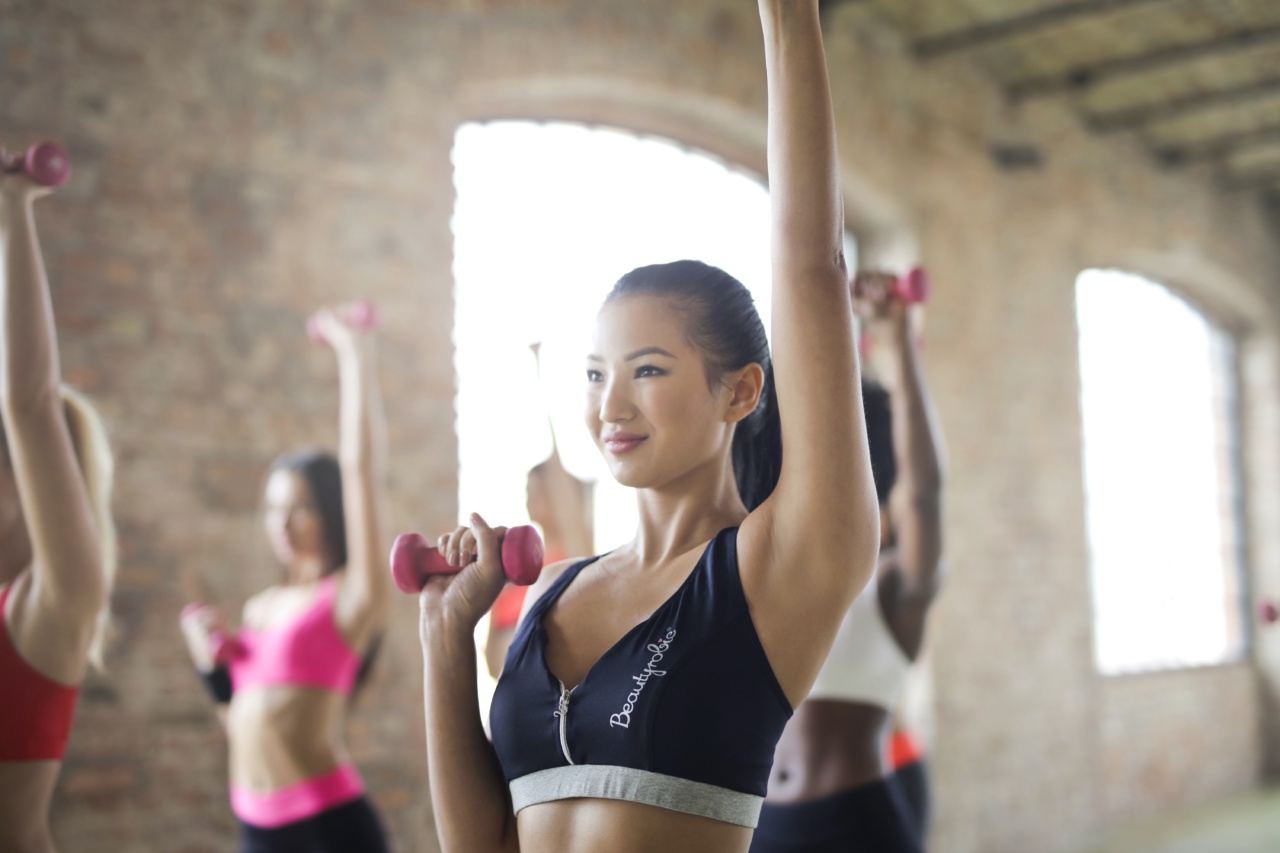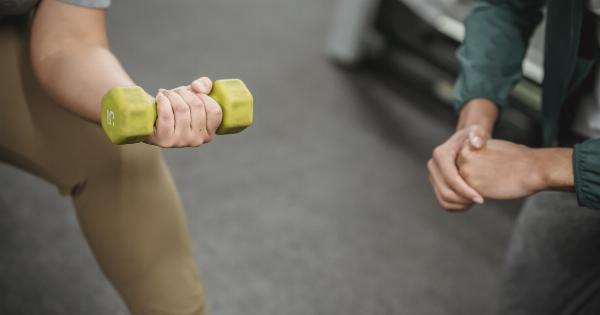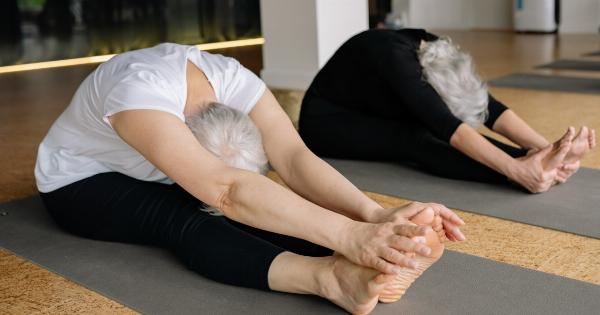Incontinence is a common condition that affects millions of people worldwide. It can be embarrassing and debilitating, but the good news is that there are exercises you can do to help manage and even overcome it.
In this article, we will explore the top exercises for incontinence that can help you get stronger and stay dry.
1. Kegel Exercises
Kegel exercises are one of the most effective ways to strengthen the pelvic floor muscles, which play a crucial role in controlling urinary and bowel function.
These exercises involve contracting and relaxing the pelvic floor muscles, just like you would when trying to stop the flow of urine. Start by squeezing and holding for a few seconds, then release. Aim to do at least three sets of 10 repetitions each day.
2. Pelvic Tilts
Pelvic tilts are another great exercise for strengthening the pelvic floor muscles. Lie on your back with your knees bent and feet flat on the floor. Tighten your buttock muscles and gently tilt your pelvis upward, pressing your lower back into the floor.
Hold for a few seconds, then release. Repeat at least 10 times.
3. Bridge Exercises
Bridge exercises not only strengthen the pelvic floor muscles but also engage the core and gluteal muscles. Lie on your back with your knees bent and feet flat on the floor.
Raise your hips off the ground until your body forms a straight line from your knees to your shoulders. Hold for a few seconds, then lower back down. Aim for three sets of 10 repetitions.
4. Squats
Squats are a full-body exercise that can help strengthen the pelvic floor muscles and improve overall muscle tone. Stand with your feet shoulder-width apart and lower yourself into a sitting position, as if you were sitting back into a chair.
Keep your back straight and your knees aligned with your toes. Push through your heels to stand back up. Do three sets of 10 squats, and gradually increase the repetitions as you get stronger.
5. Yoga
Yoga is not only a great stress-reliever but also an excellent form of exercise for strengthening the pelvic floor muscles.
Many yoga poses, such as the bridge pose, cat-cow pose, and tree pose, focus on engaging the pelvic floor muscles and improving overall body awareness. Consider incorporating a regular yoga practice into your routine to reap the benefits.
6. Pilates
Pilates is another exercise method that targets the core and pelvic floor muscles. The controlled movements and emphasis on breath work in Pilates can help improve bladder control and strengthen the muscles needed for continence.
Joining a Pilates class or following online tutorials can be a great way to incorporate this exercise into your routine.
7. Swimming
Swimming is a low-impact exercise that provides a full-body workout, including the pelvic floor muscles. The buoyancy of water helps reduce the pressure on the pelvic floor while still allowing for resistance training.
Consider adding swimming or water aerobics to your exercise regimen for a gentle yet effective way to strengthen your muscles.
8. Tai Chi
Tai Chi is a gentle form of exercise that focuses on slow, flowing movements and deep breathing. It can help improve balance, posture, and muscle strength, including the pelvic floor muscles.
Joining a Tai Chi class or following online tutorials can help you incorporate this ancient practice into your routine.
9. Cycling
Regular cycling is another great exercise for strengthening the pelvic floor muscles. It engages the entire lower body, including the glutes and pelvic floor muscles.
Whether you prefer indoor cycling or outdoor biking, make sure to adjust your seat properly to avoid unnecessary strain on the pelvic floor.
10. Weightlifting
Weightlifting, when done correctly and with proper form, can be an effective way to strengthen the pelvic floor muscles. Exercises such as squats, deadlifts, and lunges engage multiple muscle groups, including the pelvic floor.
Start with lighter weights and focus on proper technique to avoid putting excessive pressure on the pelvic floor.
Conclusion
Incorporating these top exercises for incontinence into your regular routine can help you get stronger and stay dry. Remember to start gradually and listen to your body. If you experience any pain or discomfort, consult with a healthcare professional.
With consistency and patience, you can improve your pelvic floor strength and regain control over your bladder and bowel functions.




























